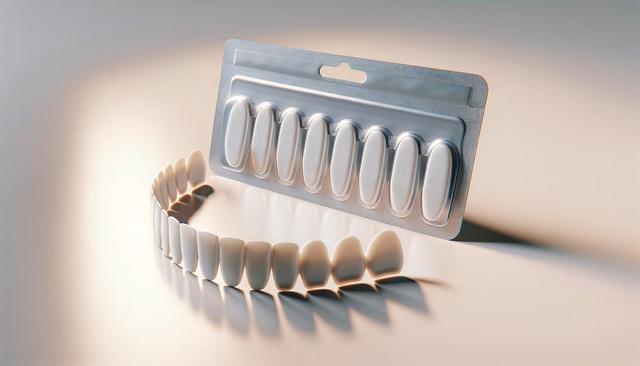
A Closer Look at Teeth Whitening Strips: What You Should Know
How Teeth Whitening Strips Work
Teeth whitening strips are thin, flexible pieces of plastic that are coated with a whitening gel, typically containing a form of peroxide. When applied to the teeth, the active ingredients penetrate the enamel and work to remove both surface stains and deeper discoloration. Most products are designed for daily use over a period of one to two weeks, with results becoming noticeable within a few days of consistent use.
The mechanism behind these strips involves a chemical reaction that breaks down stain molecules. The peroxide in the gel oxidizes these molecules, effectively lightening the color of your teeth. This method is similar to in-office treatments, although the concentration of peroxide is typically lower in over-the-counter options, making them safer for home use but requiring more time for visible results.
Not all whitening strips are created equal. Variations in ingredients, strip design, and adherence can affect performance. Some products include enamel-safe formulations or added ingredients to reduce sensitivity. Understanding these differences can help you choose a product that aligns with your specific needs.
Benefits of Using Whitening Strips
There are several reasons why whitening strips continue to be a go-to solution for many individuals. One of the primary advantages is their convenience. You can use them at home, at work, or even while traveling, without the need for bulky equipment or professional supervision.
Some common benefits include:
- Ease of application and removal
- Portability
- Cost-effectiveness compared to professional treatments
- Gradual whitening, which can look more natural
Additionally, many users appreciate that whitening strips allow them to maintain control over the process. You can adjust the frequency of use or pause treatment if you experience sensitivity. This flexibility makes them a practical option for people with varying schedules and comfort levels.
Potential Drawbacks and Considerations
While whitening strips offer a number of benefits, there are also some considerations to keep in mind. One of the most frequently reported issues is tooth sensitivity. This can occur when the active ingredients affect the tooth’s nerve endings, especially if used too frequently or left on for too long.
Other potential drawbacks include:
- Uneven whitening due to poor strip adherence
- Gum irritation if the strips come into contact with soft tissue
- Temporary results that may require maintenance applications
It’s also worth noting that whitening strips are not effective on all types of discoloration. Stains caused by medications or internal tooth damage may not respond to topical treatments. In such cases, consulting a dental professional is advisable before beginning any whitening regimen.
Choosing the Right Whitening Strips
With so many options available, selecting the right whitening strips can feel overwhelming. The key is to look for products that are both effective and suitable for your individual needs. Consider factors such as ingredient strength, treatment duration, and whether the product is designed for sensitive teeth.
Here are a few tips for making an informed choice:
- Read product reviews for real user experiences
- Check for ADA (American Dental Association) approval or similar certifications
- Choose options with lower peroxide levels if you have sensitive teeth
- Look for strips designed to stay in place for full contact with teeth
It’s also helpful to set realistic expectations. Whitening strips can noticeably brighten your smile, but they won’t deliver dramatic changes overnight. Consistency and proper usage are key to achieving optimal results.
Maintaining Your Whiter Smile
Once you’ve achieved your desired shade, it’s important to maintain your results. Lifestyle habits play a significant role in preserving a bright smile. Foods and drinks like coffee, tea, red wine, and certain berries can stain teeth. Brushing soon after consuming such items can help minimize their impact.
Other useful strategies include:
- Using a whitening toothpaste to maintain brightness
- Rinsing your mouth with water after meals
- Scheduling regular dental cleanings
- Avoiding tobacco products
In some cases, periodic touch-ups with whitening strips may be necessary. Most products provide guidance on safe intervals for reapplication. Following these recommendations can help you maintain a radiant smile without risking damage to your enamel or gums.